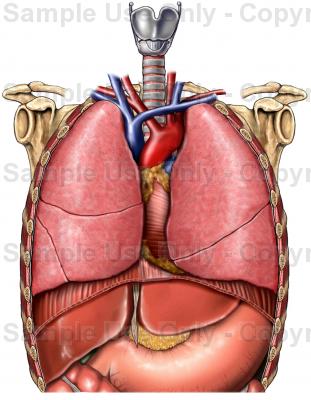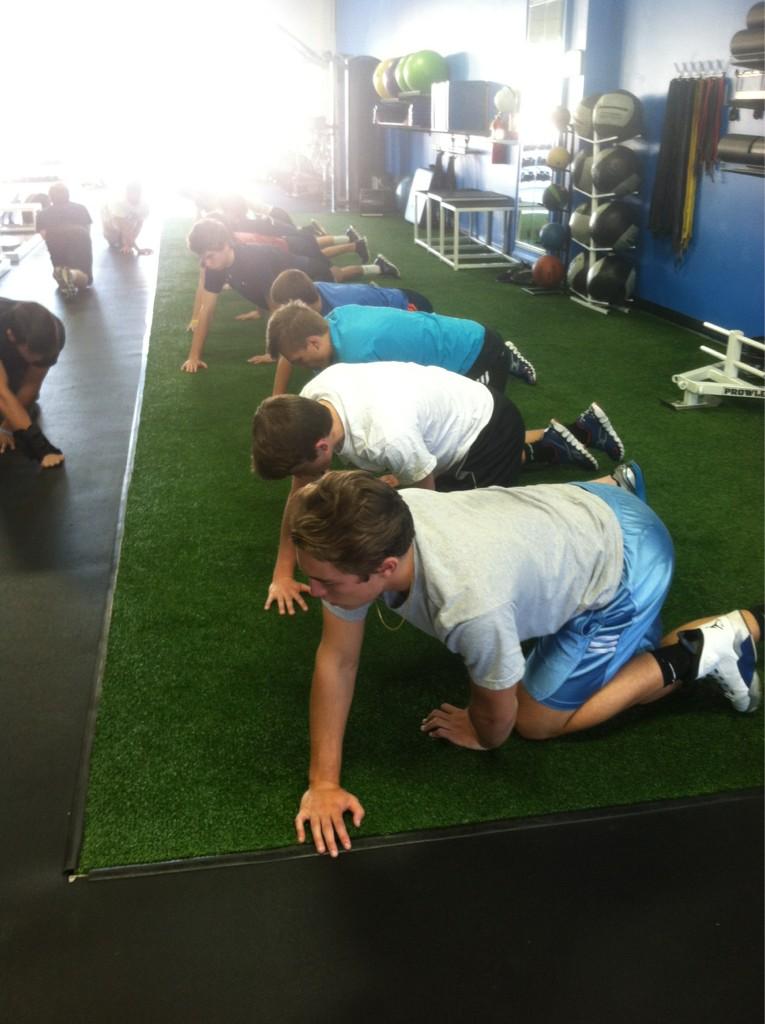Anthony Donskov
Anthony Donskov is the founder of DSC where he serves as the Director of Sport Performance. Donskov holds a Masters Degree in Exercise Science & is the author of Physical Preparation for Ice Hockey.
Postural Restoration: Strength and Conditioning Implications
- Font size: Larger Smaller
- Hits: 10445
- Subscribe to this entry
- Bookmark
A system in “neutral” is desirable for physical activity. It allows for efficient, alternating, reciprocal function in performing daily and sporting activities. In other words, great fuel mileage with less wear and tear in the long run. Taking the car analogy one step further, what would happen if we didn’t have neutrality, if we drove for miles and miles with our tires out of alignment? Chances are we would end up on the side of the road sooner or later. Well, our bodies are not designed for “neutrality”. As humans our thorax, along with vital organs are different from right to left. This affects our “alignment” and may cause us to use our fuel (a.k.a. oxygen) inefficiently. Lets take a look at these differences.
Right vs. Left:
- Three lobes of lung on the right, two on the left.
- The liver is on the right.
- A bigger central tendon and pull from the right diaphragm vs. left.
- Right diaphragm is higher in orientation.
- The right crus arises from the bodies of first three lumbar vertebrae and their intervertebral discs. The left crus arises from the bodies of first two lumbar vertebrae. This affects leverage.

Thorax
What does all of this mean?
These anatomical right vs. left differences that all humans have can place us into faulty patterns that affect daily respiration and movement. Here are a few examples:
- Posture: Our diaphragm is bigger, and has better leverage on the right side of our body, coupled with the fact that we have a liver on the right side and not our left. This can shift the body into a right stance pattern and affect spinal orientation toward the right. In order for us to compensate and move through gait, we shift our thorax to the left causing further postural issues such as a left rib flare. This directly affects breathing as the left diaphragm now works as a trunk rotator instead of a respiratory muscle. In addition problems can occur in the pelvis as the left inominate shifts anterior due to right stance dominance placing the left hamstring in a lengthened, shortened position.
- The Diaphragm: Further complication can arise when the diaphragm assumes the role of a postural muscle instead of a respiratory muscle. The diaphragm works in a reciprocal, alternating relationship with the ribs. If the left diaphragm is not functioning properly, breathing is directly affected. Hyperinflation (a.k.a. respiratory alkalosis) causes an imbalance between oxygen and carbon dioxide. “If our bodies are depleted of carbon dioxide because of over breathing, we are unable to use oxygen properly. Over breathing therefore leaves us depleted of oxygen in the tissues.”
What can we do as Strength Coaches?
Teach our athletes how to breathe! If you told me last year that Coaches should teach their athletes how to breathe properly, I probably would have laughed you out of the room. The truth is that the Postural Restoration Institute has completely changed my mind. Their course work has made the largest impact on my professional development in 2012. A corner stone of their philosophy is:
“Restore function through respiration and reciprocal movement.”
All paired bones in the body reflect a state of respiration. Breathing is huge. Recently our Athletic Development Programs have focused on some sort of breathing and repositioning exercise prior to engaging in resistance training. This takes 3-5 minutes to accomplish. PRI uses balloons for this task. These exercises aim to position the diaphragm for respiration while countering faulty patterns by directly attacking these inhibited and/or facilitated muscle groups. In other words, build efficiency and alignment before loading. Our goal at DSC is threefold:
1.) Reposition (Breathing)
2.) Retrain (Movement Preparation)
3.) Do WORK (lift heavy things)

90/90 Hip Lift with balloon
Used with Permission from the Postural Restoration Institute®, www.posturalrestoration.com

All Four Right AIC Pelvic Floor Respiratory Crawl
Exercise Adapted from the Postural Restoration Institute®
I’m certainly not suggesting that Strength Coaches dim the lights, put on a sad country song and spend 60 minutes breathing while talking about world issues, but I do think that it is important enough to focus on each and every session. No more than 3-5 minutes, I think the payoff is huge. If our diaphragm is working at half capacity, we are not using fuel as effectively as possible. We are traveling with our “wheels” out of alignment. It’s only a matter of time before we end up on the side of the road with our hazard lights flashing. The only problem is, we only have one car…. no trade in’s or buy backs. Let’s make sure it runs like a well-oiled machine.
References:
1.) www.posturalrestoration.com
2.) www.buteyko.com
3.) The Value of Blowing Up a Balloon: http://www.ncbi.nlm.nih.gov/pmc/articles/PMC2971640/
Anthony Donskov, MS, CSCS, PES, is a former collegiate and professional hockey player, founder of Donskov Strength and Conditioning Inc., (www.donskovsc.com) and Head Instructor/Director of Off-Ice Strength and Conditioning for Donskov Hockey Development (www.donskovhockey.com). He can be reached at info@donskovsc.com .
Facebook: http://www.facebook.com/pages/Donskov-Strength-and-Conditioning-Inc/111694352189187
Twitter: http://twitter.com/Donskovsc
